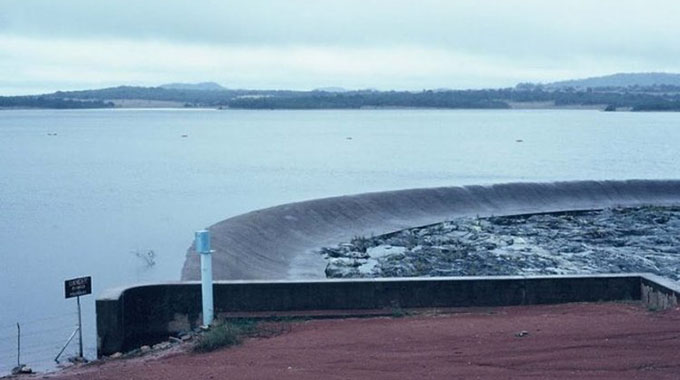JUST IN: Zim has sufficient water despite low dam levels

Fadziso Mundawarara
Herald Correspondent
Zimbabwe’s dams general have enough water to cope with expected demand, despite the two past drought seasons, until enough rain has fallen to start them filling again.
Zimbabwe National Water Authority spokesperson Marjory Munyonga said there was enough although dams were below September average levels and were seeing rising demand as temperatures rose and evaporation losses increased.
“As at September 7, the national dam level average had declined to 42,2 percent which is 20 percent below the national dam level average expected during this time of year. The water is however sufficient enough to take the local authorities and locals who need water to the next run off season,” she said.
Masembura Dam in the Mazowe Catchment which is mainly for irrigation is 100 percent full while Upper Ncema of Mzingwane catchment, which is for Bulawayo water supply is 0,7 percent full, and is one of the few that is now basically empty.
Mrs Munyonga appealed to all water users across the board to use the available water very sparingly and efficiently.
“All users of raw water, using water for purposes other than primary sources, are advised to ensure that their water use is in terms of the relevant water abstraction agreements as required by the Water Act,” she said.
Zinwa warned that any use of water without the necessary documentation granting a water right constitutes a breach of the law and uses are liable to prosecution.
Meanwhile the condition of livestock in the country is worrisome due to the effects of last season’s drought on pastures.
Zimbabwe Farmers Union president, Mr Abdul Nyathi said the most affected areas were the southern parts of the country.
“The effects of drought are worse this year than in the previous one. Farmers should provide supplementary feeding,” he said.
According to the Second Crop and Livestock Assessment report by the Ministry of Lands, Agriculture, Water and Rural Resettlement, the national herd declined by 5,7 percent from 5 774 525 cattle in 2018 to 5 443 770 cattle in 2019.
The major reasons for the reduction in numbers includes drought which led to reduced productivity, drought and disease related deaths, and forced sales and slaughters related to both drought and diseases.










Comments